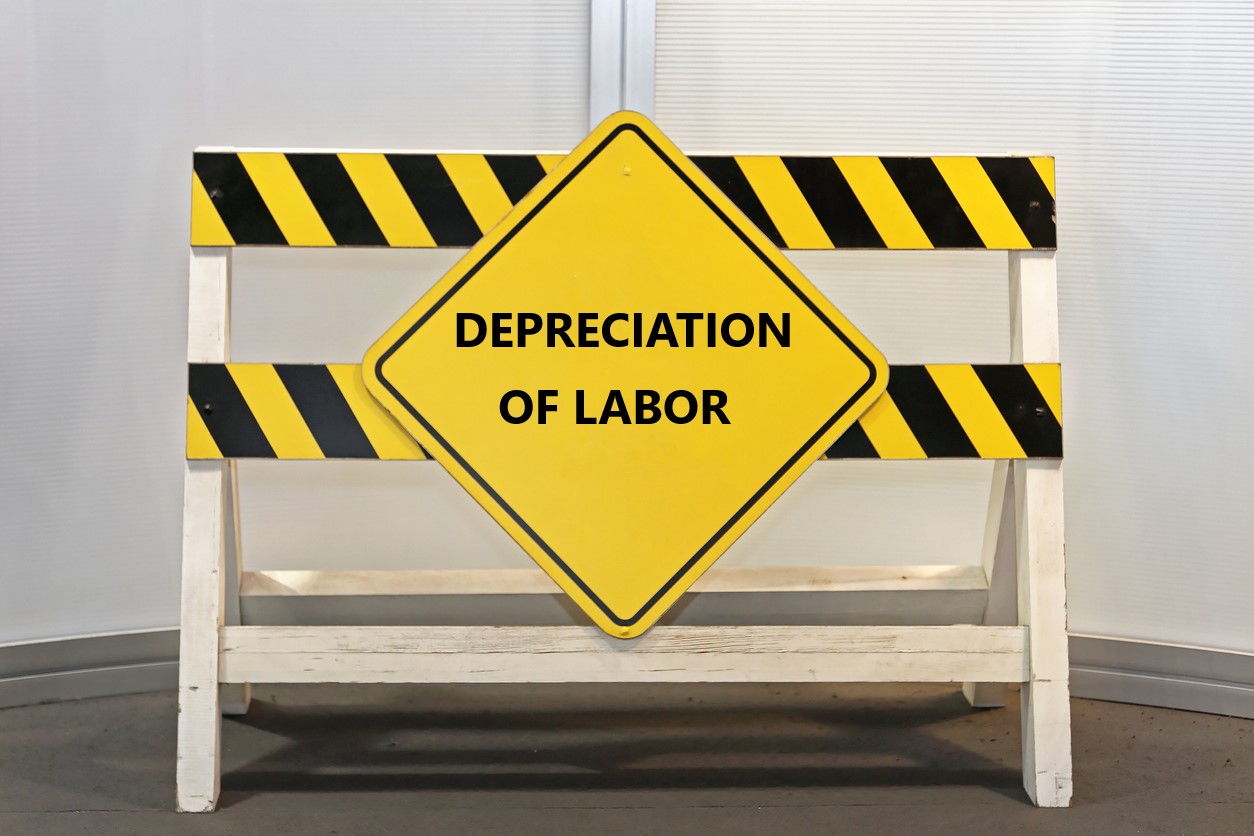Whether labor can be depreciated in arriving at an actual cash value property loss settlement has been a hot topic of debate over these past six years, and the subject of many Merlin lawyer blogposts, including the one I wrote last July discussing the Appellate Court of Illinois opinion in Sproull v. State Farm Fire & Casualty Company.1
There, an insured filed a putative class action complaint against State Farm seeking damages for breach of contract and declaratory relief. The insured alleged that State Farm improperly depreciated labor costs when it calculated the actual cash value of covered losses, and that State Farm concealed this practice from the insured/plaintiff and similarly situated policyholders. State Farm moved to dismiss the complaint, arguing that its method of calculating actual cash value fully complied with the terms of its policy and Illinois law. The circuit court denied the motion, finding that the undefined term “actual cash value” was ambiguous and should be construed strictly against State Farm. The circuit court then granted State Farm’s motion to certify the following question to the appellate court for interlocutory review:
Where Illinois’ insurance regulations provide that the ‘actual cash value’ or ‘ACV’ of an insured, damaged structure is determined as ‘replacement cost of property at time of loss less depreciation, if any,’ and the policy does not itself define actual cash value, may the insurer depreciate all components of replacement cost (including labor) in calculating ACV?
The appellate court answered “no” to this question.
In reaching its decision that only the property structure and materials are subject to a reasonable deduction for depreciation and that depreciation may not be applied to the intangible labor component, the appellate court concluded that the average, ordinary, reasonable homeowner, for whom the policy was written, would have reasonably expected that depreciation would only apply to property, i.e., physical structures and tangible materials, as those lose value with age, use, and wear and tear. The appellate court further concluded that it was not reasonable to believe that the average homeowner would consider labor to be a tangible asset included within the definition of depreciation.
State Farm appealed the appellate court’s ruling to the Illinois Supreme Court. In an opinion issued yesterday, the Illinois Supreme Court affirmed the appellate court’s ruling.2 The supreme court spent much of its opinion discussing the law on the subject, addressing the case for labor depreciation and the case against labor depreciation. At the end of the day though, the court based its decision on the ambiguity of the policy. It concluded that the undefined terms “actual cash value” and “depreciation” were ambiguous, as they were susceptible to multiple reasonable interpretations. Because competing reasonable interpretations of the terms existed, the court construed them in favor of the insureds and against State Farm, the drafter of the policy. This means the cost of labor cannot be depreciated in calculating actual cash value.
It will be interesting to see how insurers who write property policies in Illinois react to the Sproull decision. I would not be surprised if we start to see new amendatory endorsements defining the term “actual cash value” to include depreciation of labor.
_____________________________________
1 Sproull v. State Farm Fire & Cas. Co.>, 2020 IL App (5th) 180577 (Ill. App. 2020).
2 Sproull v. State Farm Fire & Cas. Co., 2021 IL 12446, — N.E. 3d — (Ill. Sept. 23, 2021).




